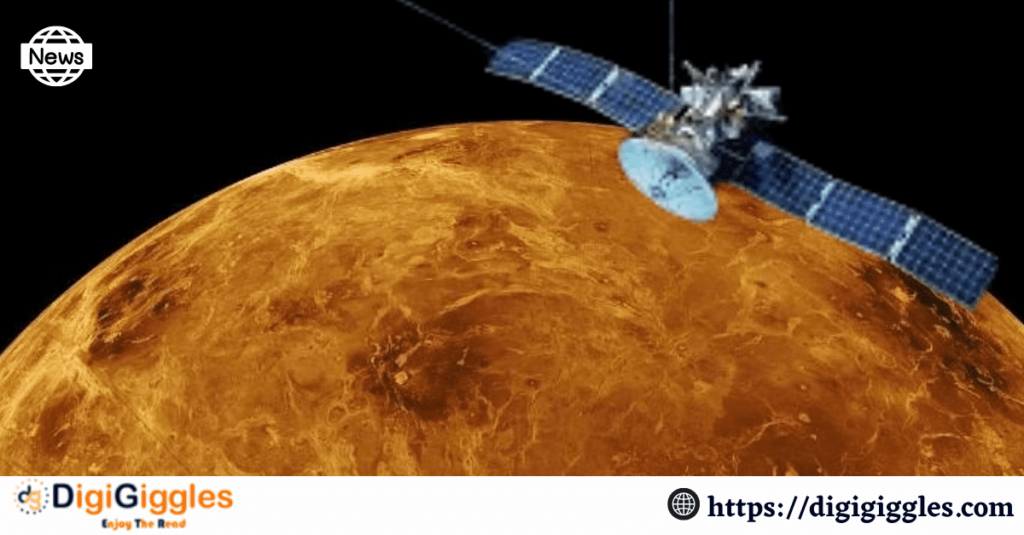According to the Indian Space Research Organization (Isro), the Chandrayaan-3 spacecraft is travelling through space without incident and is on track to reach the Moon by the end of August. The Indian space agency will carry out five to six comparable orbit-raising procedures over the course of the following two weeks to gradually spiral the spacecraft outward in increasingly extended ellipses. The propulsion module’s speed will increase steadily until it reaches the escape velocity necessary to break free of Earth’s gravity, at which time it will be able to enter a Lunar Transfer Trajectory (LTT) and steer in the direction of the Moon.
The landing is anticipated to occur around August 23, concluding the three-week voyage. If this mission is successful, India will join a select group of nations, including the United States, the former Soviet Union, and most recently China, that have successfully made a soft landing on the moon. However, the Open Source Investigations (OSINT) team at India Today continues to track India’s advancements in the field of space research, and here is what the country is currently working on.
MAIDEN GAGANYAAN MISSION
Gaganyaan, India’s first human spaceflight mission, is scheduled to launch by Isro in 2025 rather than 2022 as originally planned. However, it is anticipated that the first unmanned flight test will start in August. The Indian Space Research Organization’s space-travelling human robot Vyommitra will travel in the spaceship. Vyommitra, a half-humanoid that can bend forward and sideways, will carry out particular tests while staying in continual communication with the Isro command centre.
The Gaganyaan project will send a crew of three into space for a mission lasting 5-7 days in order to show off India’s capabilities to send people into space. One of the main goals is the crew’s safe return, with a landing in the Indian Ocean. Isro has completed a number of project milestones, including the integrated main parachute airdrop test, static testing of the Crew Escape System, and Cryo Stage (C25) engine certification tests. At the Satish Dhawan Space Centre (SDSC-shar), a test spacecraft for the Crew Escape System is also being prepared.
ADITYA L-1 TO STUDY THE SUN
Isro is getting ready for its maiden research mission to study the Sun with Aditya L-1, which is slated to launch in August of this year. After AstroSat, which was launched in 2015, Aditya L-1 will be Isro’s second space-based astronomical mission. About 15 lakh kilometres from Earth, the spacecraft will be positioned in a Halo orbit around the Lagrange point-1 (L1) of the Sun-Earth system. Since there are no occultations or eclipses when in the halo orbit around L1, it is possible to observe the Sun continuously and get important knowledge about how solar activity affects the space environment. Lagrange points are zones of heightened attraction and repulsion created by the gravitational forces of a two-body system, such as the Sun and Earth.
A Polar Satellite Launch Vehicle (PSLV) rocket will be used to launch Aditya-L1. The spacecraft will be initially positioned in a low earth orbit and then propelled using onboard propulsion towards L1 in a manner similar to the Chandrayaan missions. Four months is thought to be the approximate overall transit period from launch to L1. The mission has seven payloads, four of which are engaged in solar remote sensing and three of which are engaged in solar in-situ observations.
JOINT NISAR MISSION WITH US
Through Synthetic Aperture Radar (SAR) research, the Nasa-Isro SAR (NISAR) Mission seeks to gauge how Earth’s evolving ecosystems, dynamic surfaces, and ice masses are changing. By observing minute changes in the Earth’s surface, this collaborative mission will enable global monitoring of volcanic eruptions, groundwater supplies, ice sheet melt rates, and fluctuations in vegetation distribution. High-resolution observations of changes to the earth’s surface will be achievable with NISAR for the first time in terms of both space and time resolution. Using two frequency bands to produce a “deformation map” every 12 days, will play an important part in monitoring seismically active regions like the Himalayas by providing early warning of land subsidence and earthquake-prone zones.
MANGALYAAN-2 IS PLANNED FOR MARS.
The orbiting probe for Mangalyaan-2, India’s second Mars mission and second interplanetary mission, will be outfitted with a hyperspectral camera and radar. This mission’s planned lander has been scrapped. Mangalyaan-1, also known as the Mars Orbiter Mission, was India’s first attempt to circle Mars. One of the most affordable missions to Mars, it costs Rs 450 crore to build the launch vehicle, spacecraft, and ground segment.
Following the accomplishment of the Mars Orbiter Mission, India has also focused on studying Venus. China, the European Space Agency, and the United States have all planned expeditions to Venus, but India’s tentative mission, called Shukaryaan, which was initially scheduled for 2024, may be delayed to 2031 because it is awaiting approval from the government.
Another notable Indian technological project by Isro is SPADEX (Space Docking Experiment), which shows how two spacecraft may dock on their own while in orbit. Out of the authorized $1124.47 crore, this ongoing internal project has gotten a financial boost of 110 crores to demonstrate the capabilities of autonomous rendezvous and docking. Building a space station with several cooperating modules is crucial for enabling future human interplanetary trips and spacecraft refuelling in orbit.
